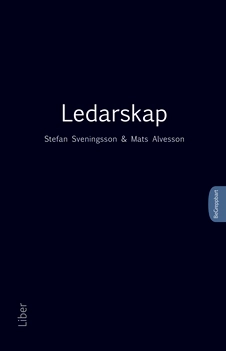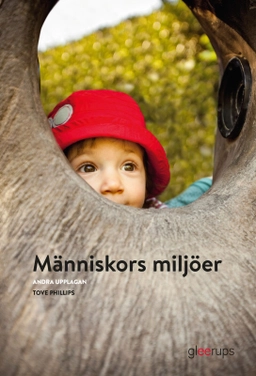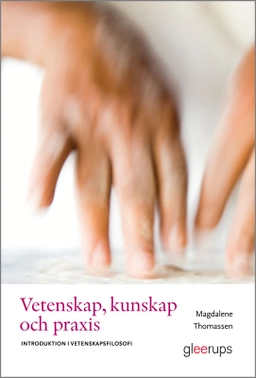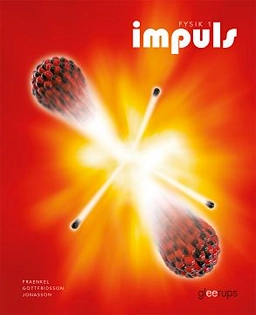The vision of a circular economy (CE) promises both profitability and eco-sustainability to industries, and can, from a material and energy resource flow perspective, be operationalized by combining three business and design strategies: closing loops; narrowing and slowing down resource flows by material recycling, improving resource efficiency; and by extending product life by reuse, upgrades and remanufacturing. These three strategies are straightforward ways for industries to radically reduce their use of virgin resources. From a product design perspective, it is doable. However, from a business perspective, it is no less than a revolution that is asked for, as most Original Equipment Manufacturers (OEMs) have, over time, designed their organizations for capturing value from selling goods in linear, flow-based business models. This thesis aims to contribute to the discourse about CE by exploring practical routes for operationalizing circular product design in a “stock-based” CBM. The approach is three-fold. Firstly, the role of design as a solution provider for existing business models is explored and illustrated by case studies and interviews from the automotive industry. Secondly, challenges and possibilities for manufacturing firms to embrace all three strategies for circularity are explored. Thirdly, implications for designing products suitable to stock-based CBMs are discussed. In spite of the vast interest in business model innovation, a circular economy, and how to design for a circular economy, there are still many practical, real-life barriers preventing adoption. This is especially true for designing products that combine all three of the circular strategies, and with regard to the risk of premature obsolescence of products owned by an OEM in a stock-based business model. Nevertheless, if products are designed to adapt to future needs and wants, business risks could be reduced. The main findings are that CE practices already have been implemented in some respects in the automotive industry, but those practices result in very low resource productivity. Substantial economic and material values are being lost due to the dominant business and design logic of keeping up resource flows into products sold. The primary challenge for incumbent OEMs is to manage, in parallel, both a process for circular business model innovation and a design process for future adaptable products. Övrig beskrivning: This licentiate studies have been financed by the Swedish Energy Agency. The Appended Paper I is a part of the research project: Future-adaptivity for more energy-efficient vehicles, a collaboration between RISE VIKTORIA and Academy of Design& Crafts, University of Gothenburg.
Åtkomstkoder och digitalt tilläggsmaterial garanteras inte med begagnade böcker





















